How do you spend your time at KMD?
What are your dreams for the future?
An honest conversation with five students.
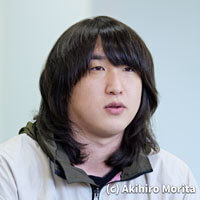
Yoh Hiramatsu
Korea
First-year doctoral student
Real project: CREATO!
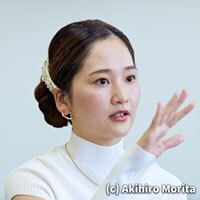
Emiko Kamiyama
Japan
Second-year master’s student
Real project: Network Media
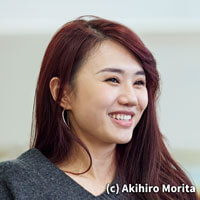
Ximing “Elizabeth” Shen
China
Second-year doctoral student
Real project: Embodied Media
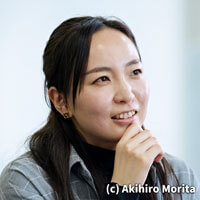
Haruka Onoda
Japan
Second-year master’s student
Real project: Embodied Media
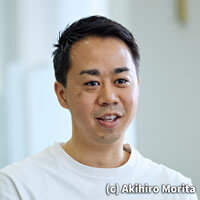
Masaya Shimizu
Japan
First-year master’s student
Real project: Embodied Media
Please tell us about your backgrounds and what you hoped to achieve when applying for KMD.
Yoh: I was active as an acupuncturist after graduating from a medical university. Outside of work, a friend introduced me to e-sports competitions which left a big impression on me. This got me thinking that perhaps I could do something with my expertise to get involved with e-sports, and after studying physical care and management of athletes in graduate school I decided to enroll in KMD to further advance my research.
Emiko: I have been working as a stage actor for about 10 years, and as I continued to perform, I grew more interested in exploring the nature of communication in performing arts. I enrolled at KMD because I thought that by doing so I would be able to acquire fresh perspectives and novel approaches to communication by studying alongside people from different nationalities and diverse backgrounds.
Elizabeth: I studied economics at university in England. I didn’t know what I wanted to do or what I was even capable of after graduating. I was, however, interested in MedTech, or the use of IoT and other technologies in medicine. I came across KMD while looking for a school to pursue this field.
Haruka: I graduated from an art school and was working as a designer at a company that produces miniature models. I grew frustrated when I hit a roadblock due to my own lack of knowledge while planning an exhibition involving AR and other cutting-edge technologies. When I sought to turn this frustration into an opportunity to learn, I came across and was blown away by the works of Tetsuya Mizuguchi, who creates next-generation synthetic musical experiences. When I learned that Mr. Mizuguchi is a project professor at KMD, I decided to enroll.
Masaya: I first became interested in enrolling during the COVID-19 pandemic while working remotely from home as a designer for an architectural firm. The situation inspired me to revisit the role that architecture ought to play in society. While revisiting that topic I came across the works of Tetsuya Mizuguchi, which ultimately fueled my desire to design architecture that has a greater impact on people, as well as explore the intersection of architecture and media design and the expansion of the field as a whole.
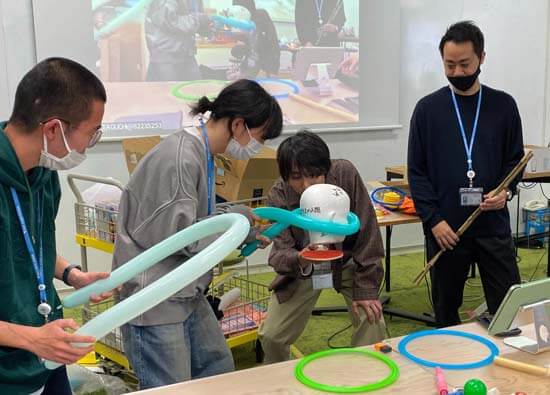
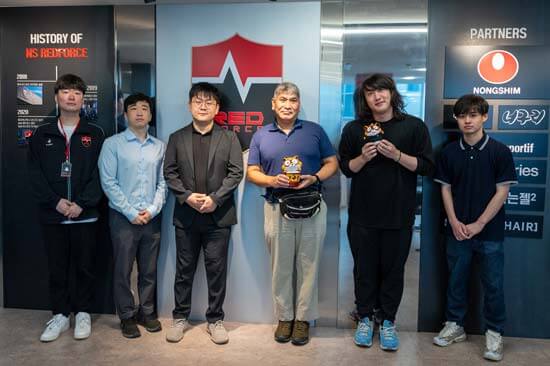
Please tell us about your day-to-day activities and the research you conduct as part of your Real Projects.
Yoh: I am currently balancing working as a practitioner at a university-affiliated acupuncture clinic and a lecturer at an e-sports vocational school with my research on healthcare management in e-sports. Academic research on the field of e-sports is still in its infancy, so I am researching comprehensive management models with the goal of contributing to the healthy development of the industry.
Emiko: In addition to my research, I also facilitate programs streamed online as well as contribute essays to newspapers. I am currently seeking to establish a methodology for streamlining communication in performance instruction that anyone can put into practice while exploring methods of instruction using digital technologies.
Elizabeth: I am currently a 3rd year PhD student, so my days are filled with writing reports and my thesis. I usually spend most of my time in the Cybernetic Being Lab, KMD’s research base in Takeshiba, where I conduct research to support Dementia Eyes, a program that uses AR technology to simulate the visual difficulties experienced by dementia patients and those with similar conditions.
Haruka: I am also in the Takeshiba lab from morning to evening on weekdays, working on experiments, papers, and research reports. I am researching the use of VR to simulate changes in bodily perception—technology that makes one feel as if their body has become smaller or larger. I hope to find practical applications for this type of technology that allows users to shift their perspective in next-generation entertainment.
Masaya: I split my time between working in the Hiyoshi campus library, conducting research at the Takeshiba lab, and advancing my architectural design work. I want to try to add value to architectural spaces through designs that seamlessly integrate technology to stimulate our senses and gently encourage behavioral change. In a broader sense, I hope to expand the profession of architectural design itself.
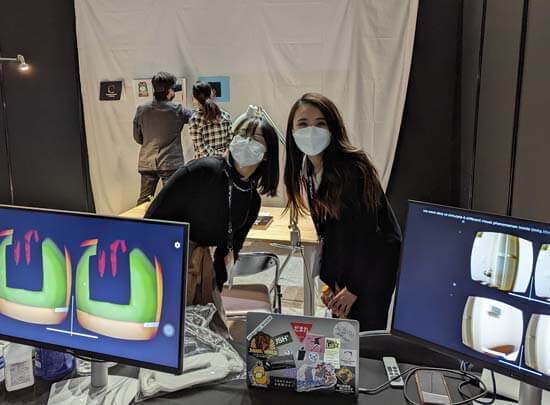
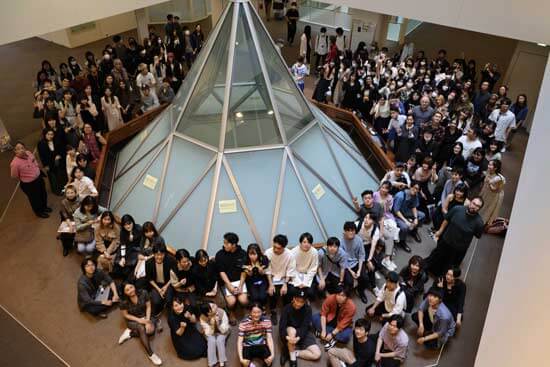
What kind of place is KMD to you?
Yoh: It’s a place that encourages you to do what you want to do. For example, I have no knowledge of engineering, but here I have classmates and project members from various areas of expertise who will do their best to support me and, if our goals are compatible, we can work together on research. The teachers encourage us to collaborate with outside companies when necessary, which is a great way to keep advancing your own research.
Emiko: I completely agree. The Real Project I am a part of deals mainly with the Internet, which is an area completely outside of my expertise. Nonetheless, my instructors, peers and more senior classmates lent their skills for the areas I lacked. I am happy to be of service to everyone in my area of expertise, even if only in a small way, and I feel very comfortable in an environment where we can work together to improve each other’s skills.
Elizabeth: There are so many interesting Real Projects here that some people change projects depending on their objectives. For me, I feel that KMD is a place that understands my strengths even when I do not, brings out my potential, and helps me grow further.
Haruka: It is truly a diverse place, with a wide variety of nationalities, backgrounds, and values. I find it a very interesting experience to be able to understand what kind of person I am, relatively speaking, as I discuss things with this diverse set of people.
Masaya: I studied architecture at SFC’s undergraduate and graduate schools, and inevitably spent a lot of time with my peers who were researching the same thing. I find KMD to be a very interesting environment because I am able to take classes and collaborate closely with people who have ideas and goals that are a complete 180 degrees different from my own.
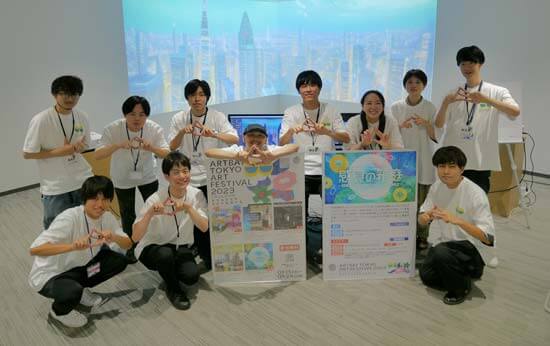
Finally, do you have a message for those who are considering enrolling in KMD?
Yoh: Once you enter KMD, be prepared for your idea of common sense and what is “normal” to be thrown completely out of the window [laughs]. Considering risks, delivering appropriate interventions to patients, and maximizing results under various constraints was the norm for me in the medical world. But that was only one facet of medical care, and encountering a group of people with such diverse perspectives upends conventional wisdom. KMD is full of people who enjoy that kind of paradigm shift. That, for me, is the most valuable element of my learning at KMD.
Emiko: KMD also made me realize that there are different sides to what I believed to be “right.” It also taught me that I can accomplish my goals in ways that I never even imagined. If you have a clearly defined sense of purpose or issue you want to tackle, I would recommend that you enroll in the program after you have gained experience in the working world, as I believe that your possibilities will expand after enrollment.
Elizabeth: Contrary to others, I enrolled at KMD to find out what I am capable of.And as I participated in various projects, I discovered what I could do.If this was possible for me, it should be for you too.I encourage prospective students to think of KMD as a place where you can accomplish great projects.
Haruka: Every day brings a new discovery. At KMD, there are many opportunities to express your thoughts and listen to others, so I would like you to actively approach various people and try different things once you enter the school. I am confident that you will find student life to be fulfilling.
Masaya: I have only been at KMD for a short time, but the classes and projects at KMD are good training for noticing social issues. If we can successfully connect our past research and working experience with the new questions we have found here, I believe we will be able to generate new perspectives for society. However, there are so many interesting projects that I’m still debating which one to choose… [laughs].
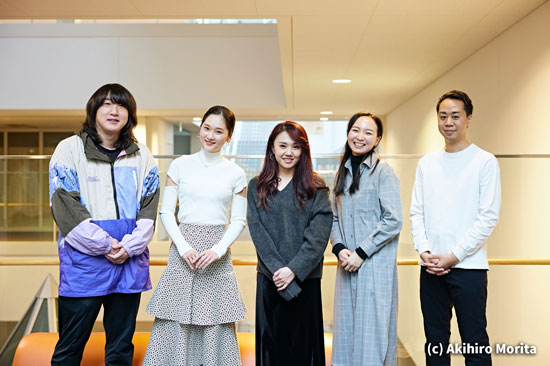
(This interview was held in March 2024.)